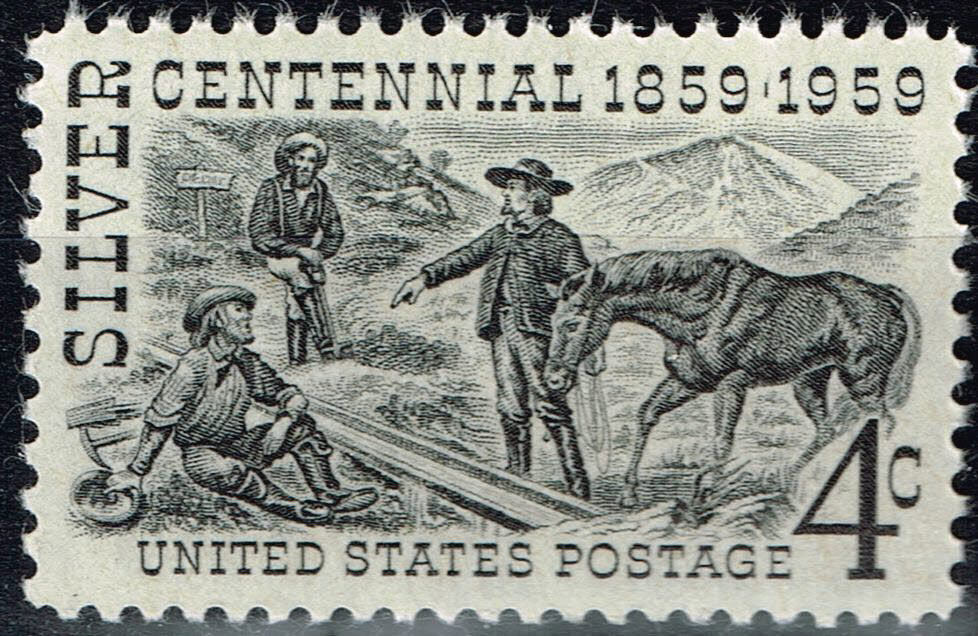This article describes the discovery of the Comstock Lode and the ensuing Nevada Silver Rush

Introduction
The Nevada Silver Rush was born out of a convergence of factors, including westward expansion, economic opportunity, and technological innovation. Following the California Gold Rush of 1849, prospectors and settlers flocked to the Western frontier in search of new sources of mineral wealth, drawn by tales of untold riches waiting to be unearthed beneath the earth's surface.
The Comstock Lode
The discovery of silver in Nevada can be traced back to the early 1850s, when prospectors began to explore the remote valleys and mountain ranges of the region in search of precious metals. It was not until the late 1850s, however, that significant silver deposits were uncovered in the Comstock Lode, a massive vein of silver ore located near present-day Virginia City. The story of the Comstock Lode begins in 1859 when two prospectors, Peter O'Riley and Patrick McLaughlin, stumbled upon a rich deposit of silver ore while searching for gold in the hills near Virginia City. News of the discovery spread like wildfire, triggering a stampede of fortune-seekers from across the country. Prospectors, miners, and entrepreneurs descended upon the Nevada Territory, transforming sleepy mining camps into bustling boomtowns virtually overnight. Towns such as Virginia City, Gold Hill, and Silver City sprang up around the Comstock Lode, teeming with activity as miners worked tirelessly to extract silver from the earth.
Incredible Riches
The Comstock Lode proved to be one of the richest silver deposits ever discovered, yielding millions of dollars' worth of silver ore in its heyday. The influx of wealth fueled a frenzy of speculation and investment, as investors clamored to stake their claims and capitalize on the mining boom. Companies were formed, mines were developed, and fortunes were made as the silver rush reached its peak.
Development of the West
The impact of the Nevada Silver Rush extended far beyond the mining camps and boomtowns of the Comstock Lode. The influx of wealth and population spurred economic growth and development throughout the region, as businesses, industries, and infrastructure projects proliferated. Railroads were built, towns expanded, and cities flourished as Nevada experienced a period of unprecedented prosperity.
Moreover, the Nevada Silver Rush played a significant role in shaping the political and social landscape of the American West. The influx of settlers and the rapid growth of towns led to the establishment of local governments, law enforcement agencies, and civic institutions, laying the foundation for organized society in the region. In 1864, Nevada was admitted to the Union as the 36th state, buoyed by the economic vitality and political influence generated by the silver rush.
The Mines Were Emptied
However, like all boom-and-bust cycles, the Nevada Silver Rush eventually ran its course. By the late 19th century, the richest veins of silver had been depleted, and the mining industry began to decline. Boomtowns emptied, mines closed, and fortunes were lost as the silver rush gave way to economic stagnation and decline.
Related activities
Advertisement

